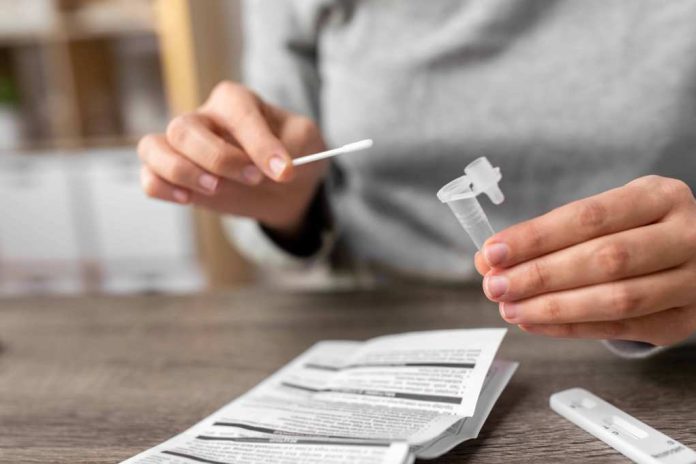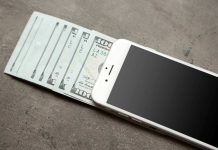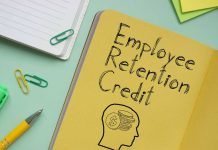
Nowadays, we are learning how to rearrange our lives with COVID-19 in the mix. The COVID-19 pandemic hit at the beginning of 2020, and now, many people consider themselves at peace with the virus. You probably know at least one person who has had COVID-19 at some point in the past two years. In order to help reduce the spread of the virus, people can be on the lookout for any symptoms they may have. That is why you should learn how to use a self-test or at-home test. This article will tell you everything there is to know about self-tests and how you can get them for free.
What is a Self-Test or At-Home Test?
Self-tests, (or “home tests,” “at-home tests,” and “over-the-counter tests”), for COVID-19 provide fast results. You can take these tests from anywhere. Your vaccination status and whether or not you are showing symptoms doesn’t matter. These tests detect current infection of COVID-19. You can get your result in minutes, as opposed to lab-based tests that could take a couple of days to get your result. Taking self-tests can help you reduce the spread of COVID-19 because you will be aware of whether or not you have an infection. You should keep in mind that self-tests do not identify antibodies. Antibodies can be an indicator of any previous infections that you may have had. On top of that, it’s also important to remember that these tests do not measure your immunity levels!
When Should I Take an At-Home COVID-19 Test?
If you show any COVID-19 symptoms, you should take the self-test immediately. In the case that you were in contact with someone who has COVID-19, you should take the self-test at least five days after your exposure. If you test negative for COVID-19 after being in contact with someone (after the timeframe we just specified), you should consider getting tested again 1-2 days after your first test.
In the case that you are participating in an indoor event or gathering, you should get tested immediately before the indoor event or as soon as possible before the event starts. This is very important to do, especially before you attend a gathering with seniors, immunocompromised individuals, individuals who are at risk of severe illness, and any other at-risk groups there may be.
How Can I Get an At-Home COVID-19 Test for Free?
You may be able to find free COVID-19 self-tests through:
- Local health departments
- Reimbursements provided by your private health insurance company for tests purchased online or in-store
If you need a test but are struggling to get one, you should reach out to either a community testing site or your local health department. They may be able to help you with figuring out other options.
How Can I Use an At-Home COVID-19 Test?
To know how to use the test, you should read the manufacturer’s instructions. Always make sure that you wash your hands before and after you gather the nasal specimen for your self-test. You will need to test that specimen. In the case that you do not follow the instructions of the manufacturer, your test result could produce a false negative.
What Do My Test Results Mean?
If your test is positive, that means that the test identified the virus. You should stay home for at least five days. If you live with other people, you should isolate yourself from other members of your home. Make sure to inform your close contacts and wear a mask around others. If available, you should wear an N95 or KN95 mask, since that is the recommendation. Make sure you keep an eye on your symptoms. If you find any severe symptoms showing up, you must contact emergency care at once. You should get in touch with your healthcare provider as soon as possible if your symptoms get worse, you have any questions about your self-isolation, or have any questions about treatment and symptoms.
On the other hand, if your test is negative, then the test did not identify the virus. However, it does not rule out an infection yet. There are some self-tests that you need to use in a series. This is known as serial testing. You should consider repeating the test 1-2 days later. Several negative tests can reassure you that you do not have the virus. If you think that your test result might be wrong, then you should reach out to the test manufacturer for help. Additionally, you should think about taking another self-test or reaching out to your healthcare provider for assistance.
Can I Trust The Results of a Self-Testing Kit?
You should know that getting a positive result from self-tests is highly dependable. However, negative results do not eliminate the possibility of a COVID-19 infection. You might find a negative self-test to be undependable, especially given that you have symptoms of COVID-19. In the case that you get test results that are invalid, then you will need to take a new test. Invalid results come from your test not functioning properly.
Should I Report The Test Results From A Self-Test?
The CDC strongly advises everyone who takes a self-test to report any positive results to their doctor or another relevant healthcare provider. Healthcare providers or doctors can make sure that those who test positive for COVID-19 will get the most suitable medical care. This includes specific treatments if the situation calls for it. It’s important to note that a majority of healthcare providers that diagnose COVID-19 infection will need to report the case to public health. The Federal Government is not interested in creating barriers that would discourage people from using self-tests. Case reporting is typically required so that public health agencies can take proper action to handle the spread of the disease!
Conclusion
In conclusion, you should think about using these self-tests, especially since you may be able to get them for free. You can take at-home tests wherever you are. A positive test result is usually accurate but a negative test result may not be. That is why you may benefit from taking multiple tests. Make sure to contact your healthcare provider when you show any symptoms of the virus or when you get a positive result.




























